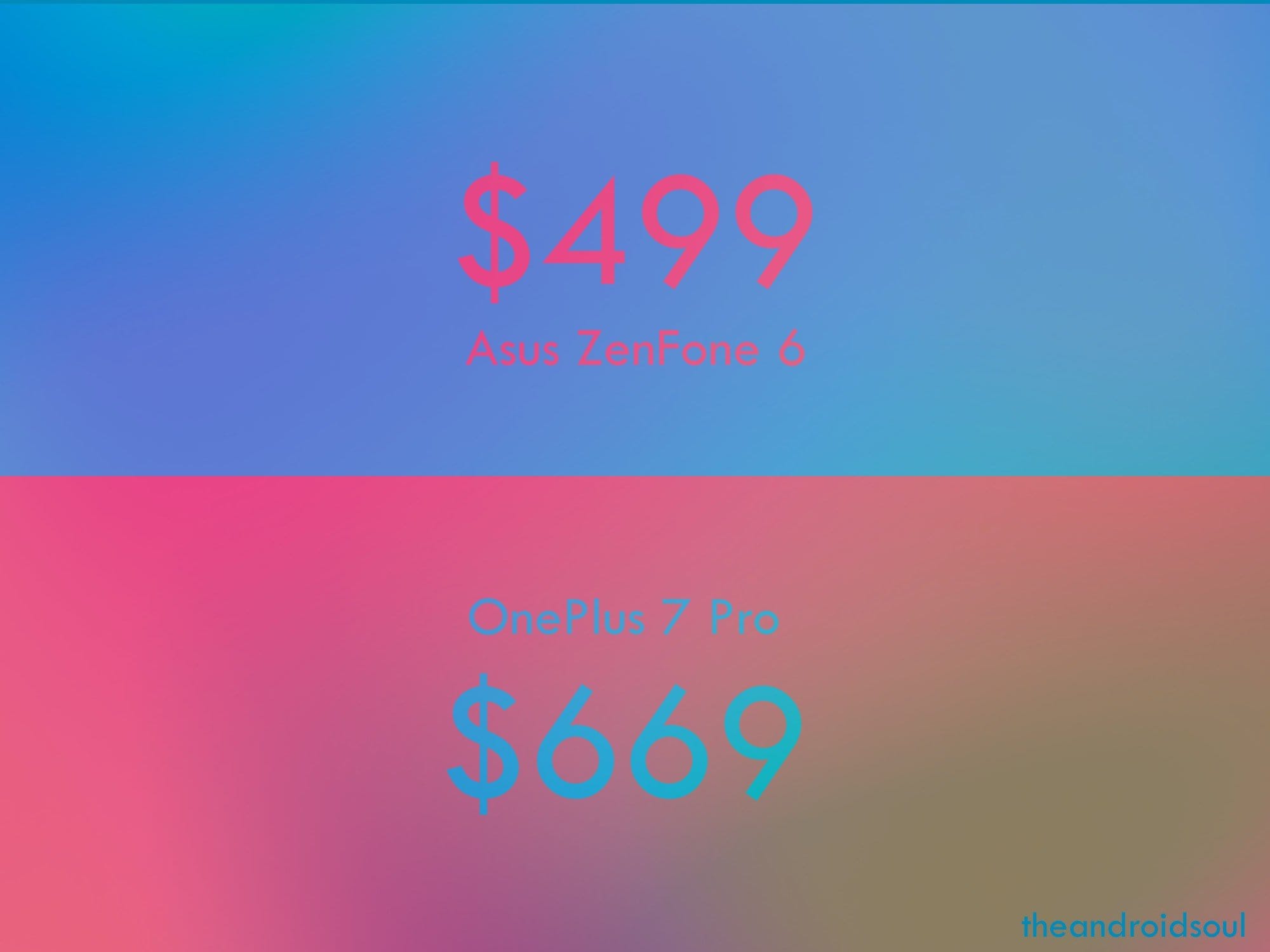855 Snapdragon processor, 48Mp and 13Mp primary camera, 5000 mAh battery and Corning Gorilla Glass 5.
Sounds like the specs of another unaffordable flagship phone right?
Wrong. Asus announced the launch of their Zenfone 6 (quite affordable too) with quite a diss and the above-mentioned specs belong to this phone.
Clearly, the flagships did not see it coming, especially OnePlus. (Yes, you can count OnePlus in this set after the OnePlus 7 Pro, they’ve clearly changed their priorities.)
We love how smartly Asus played this game and their timing was simply insane. They launched their Zenfone 6 right after OnePlus 7 Pro was introduced to the world. When Android fans (especially the OnePlus community) was going gaga over this phone’s flagship qualities, Zenfone 6 coming out has given many prospective 7 pro buyers a pause for re-think. Before they knew it, this mighty David-like phone made the OnePlus 7 Pro look like a bit like one hell of a Goliath.
So how did Zenfone’s fabled stone smack OnePlus 7 Pro right across its fluid AMOLED, 3D curved display? Let’s take a look.
Rotating camera vs pop-up camera
The Zenfone 6’s primary camera also acts as a selfie camera thanks to it’s rotating feature. Which means you now have a 48MP and 13MP (ultrawide) dual front camera setup that takes some insane selfies. Also, you can get panoramic shots thanks to the camera module’s movement without having to move your phone, which is more than you can do with the 16 MP front camera of the OnePlus 7 Pro.
Snapdragon vs Snapdragon
Both the OnePlus 7 Pro and Asus Zenfone 6 run on Snapdragon 855 (yes, Snapdragon is having a brilliant year). The Zenfone may not be as fast as the Pro, but it adheres to flagship standards and gives a stellar performance.
4000 mAh vs 5000 mAh
The Asus Zenfone 6 comes with a 5000 mAh battery, the only phone to come with this kind of capacity till date. While OnePlus 7 Pro certainly offers perks like Warp charge to compensate for this, it’s still a compromise. Zenfone 6 is aiming for high functionality for a decent price and they are closer than OnePlus to achieving it.
Fluid AMOLED Vs Nano Edge FHD+
The 90Hz-capable fluid AMOLED of the OnePlus 7 Pro makes it a clear winner, no doubt about that. But keep in mind that Asus offers a 92% screen-to-body ratio compared to the OnePlus 7 Pro’s 88.6%. The Asus display is also bezel-less, unlike a lot of flagship phones giving it a serious upper hand if not against the OnePlus, then against them.
$499 vs $669
The base model of Zenfone 6 (6GB, 64GB) starts at $499, a price range that OnePlus has abandoned to look for greener pastures. The OnePlus 7 Pro sells for $669 for the 6GB RAM (base) model, but if you want it at T-Mobile, the minimum spent is $699 for the 8GB model.
But here’s some food for thought before you leave us, OnePlus fulfilled the needs and wants of an audience that cannot exactly throw money on a phone. This is the target audience that puts a lot of thought into what they buy because spending more than a particular amount is not feasible or simply wasteful. OnePlus decided to go bougie on them when they decided to enter the flagship zone.
Also, consider the fact OnePlus 7 Pro has started meting out step-motherly treatment to this audience by introducing an affordable variant (the OnePlus 7) and you will realize that this brand has become what it was trying to beat.
Even Google understands the importance of catering to the mid-range audience. Cue the Pixel 3a and Pixel 3a XL. They are willing to take this tough path to make flagship level quality more accessible to the masses. In these times when the wheel is being completely reinvented, is OnePlus going in a sustainable direction? Do wonder about this if you’re willing to spend that kind of money.
So yes, if you are on a certain budget and you need a really really good phone, go for the best in the range, not the better one. Get the Asus Zenfone 6 or at least seriously think about it.
Until next time!







![Solution For Quiz - Where Did the Dragon Hall Deal a Major Blow to the Khitan Navy [Where Winds Meet]](/content/images/2026/01/1-15.png)







Discussion